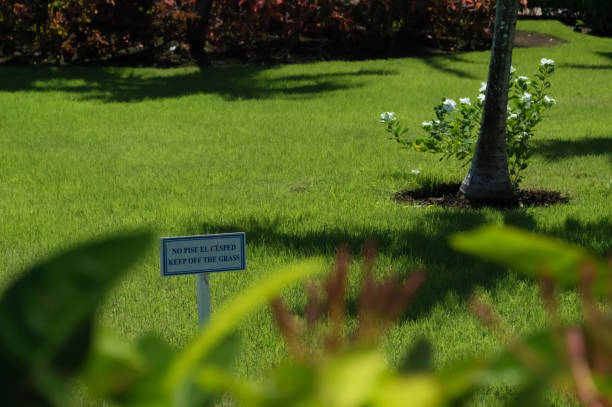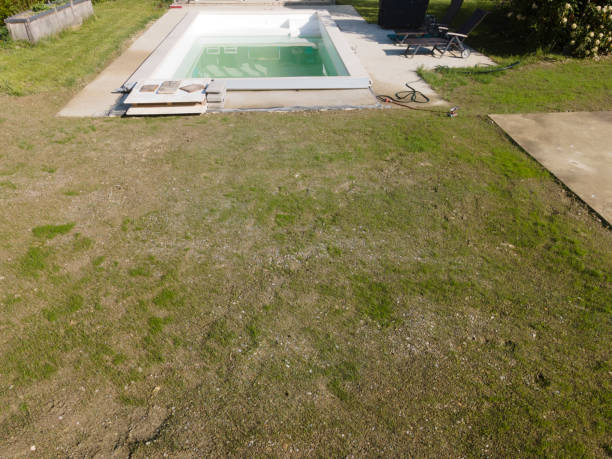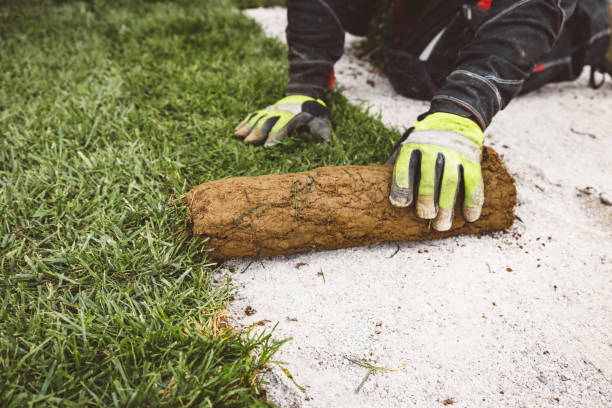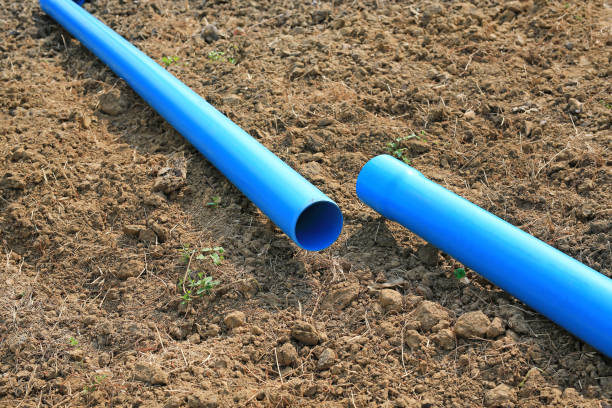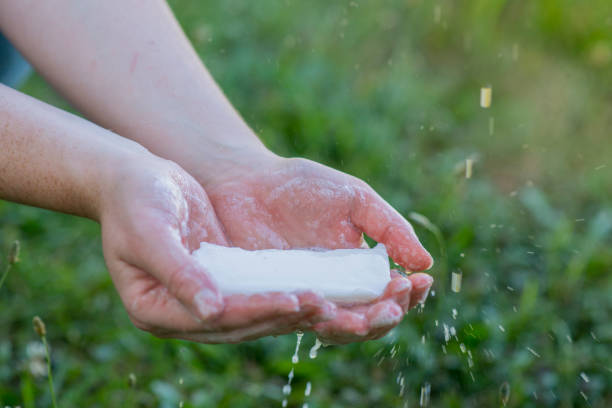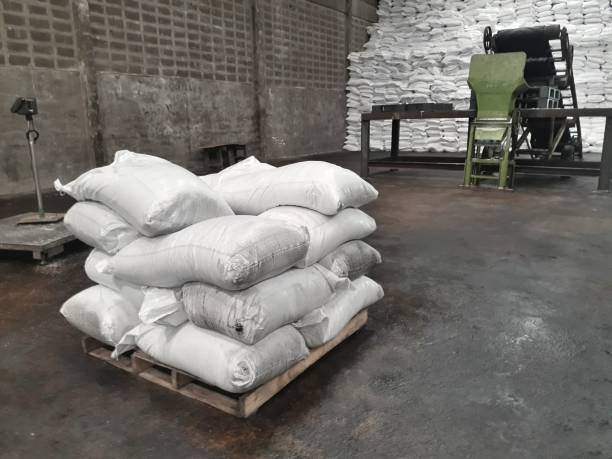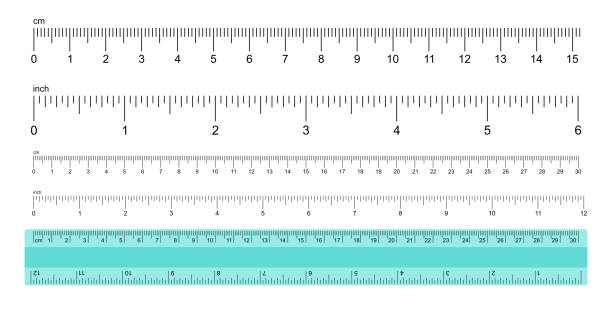Do I Need a Permit to Regrade My Yard?
This post contains affiliate links. This means I will make a commission at no extra cost to you should you click through and make a purchase. Read the full disclosure here.
When it comes to making changes to your yard, such as regrading, it’s essential to understand the legal requirements and regulations that may apply. Regrading a yard involves reshaping the ground’s surface, typically to improve drainage or enhance the aesthetics of the landscape. While it may seem like a straightforward task, it’s important to determine whether you need a permit before undertaking any yard regrading project.
Understanding Yard Regrading
Yard regrading refers to the process of altering the slope or contour of the land in your yard. It can involve adding or removing soil to achieve a desired grade. Common reasons for yard regrading include correcting drainage issues, preventing water pooling, creating level surfaces for landscaping projects, or improving the overall appearance of the yard.
The Importance of Permits
Permits are essential for various construction and renovation projects, and yard regrading is no exception. They serve to ensure that the work is carried out safely, adheres to local building codes and regulations, and does not cause harm to the environment or neighboring properties. Obtaining the necessary permits for yard regrading helps maintain the integrity of the project and protects you from potential legal consequences.
When Do You Need a Permit?
Whether or not you need a permit for yard regrading depends on several factors, including the scope of the project and local regulations. In general, if your yard regrading involves significant changes to the landscape, such as substantial earth-moving or altering the natural drainage patterns, a permit is likely required. However, the specific rules can vary between jurisdictions, so it’s crucial to consult with your local building or planning department to determine the requirements.
Obtaining a Yard Regrading Permit
The process of obtaining a yard regrading permit typically involves several steps. First, you need to identify the appropriate department responsible for issuing permits. This is often the local building or planning department. Contact them to obtain the necessary application forms and any additional documentation requirements. Fill out the application accurately, providing all the requested information. Include any relevant plans, drawings, or specifications that may be required. Pay any applicable fees, and submit the application to the designated office. The permit issuance timeline varies, but it’s essential to allow sufficient time for the review and approval process.
The Permit Application Process
During the permit application process, the local authorities will review your plans to ensure compliance with building codes and regulations. They will assess the potential impact on drainage, neighboring properties, and the overall environment. It’s important to provide detailed and accurate information to expedite the process and avoid unnecessary delays. If there are any deficiencies in your application, you may be asked to provide additional information or revise your plans. Once your application is approved, you will receive the necessary permits to proceed with your yard regrading project.
Common Yard Regrading Mistakes
When regrading a yard, there are common mistakes that homeowners should avoid. One of the most significant errors is failing to obtain the required permits. Without the necessary permits, you may face legal consequences, including fines or having to reverse the changes made to your yard. Another mistake is inadequate planning, which can lead to improper drainage, erosion problems, or uneven surfaces. It’s crucial to consider the long-term effects and consult with professionals if needed.
Benefits of Hiring Professionals
While some homeowners may choose to undertake yard regrading as a DIY project, hiring professionals can offer numerous benefits. Experienced contractors or landscapers have the necessary knowledge and equipment to ensure the job is done correctly. They can assess the topography, soil composition, and drainage patterns of your yard, providing expert advice on the best regrading approach. Moreover, professionals can handle the permit application process on your behalf, saving you time and ensuring compliance with local regulations.
Costs and Budget Considerations
The cost of yard regrading can vary depending on the size of the project, the complexity of the terrain, and the additional features you wish to incorporate, such as retaining walls or drainage systems. It’s essential to obtain quotes from multiple contractors to compare prices and services. While budget considerations are important, remember that quality work and compliance with permits and regulations should be prioritized. Investing in professional services can help prevent costly mistakes and ensure long-term satisfaction with your yard regrading project.
Potential Challenges and Solutions
Yard regrading projects can present challenges, such as encountering unexpected underground utilities, rocky soil conditions, or issues with neighboring properties. It’s crucial to be prepared for such situations and work with professionals who can navigate these challenges effectively. Conducting proper site surveys and obtaining utility location services before commencing the regrading process can help minimize surprises. Collaborating with your neighbors and addressing any concerns they may have can also contribute to a smoother project execution.
Maintenance After Regrading
Once your yard regrading project is completed, proper maintenance is essential to preserve its integrity. This includes regular inspection of drainage systems, ensuring they are functioning correctly and free from debris. Monitor the landscape for any signs of erosion or uneven settling, and address these issues promptly to prevent further damage. Additionally, maintain appropriate vegetation cover to prevent soil erosion and promote healthy growth. By staying vigilant and performing necessary maintenance tasks, you can enjoy the benefits of your regraded yard for years to come.
Environmental Considerations
Yard regrading can have environmental implications, particularly if not done responsibly. When altering the natural contour of the land, it’s crucial to consider the potential impact on soil erosion, water runoff, and the overall ecosystem. Be mindful of local regulations regarding tree removal or disturbance of natural habitats. Incorporating sustainable practices, such as using native plants and implementing erosion control measures, can help minimize the environmental footprint of your yard regrading project.
Conclusion
Regrading your yard can be an effective way to address drainage issues, improve aesthetics, and enhance the overall functionality of your outdoor space. However, before embarking on a yard regrading project, it’s crucial to understand the permit requirements in your area. Obtaining the necessary permits ensures that the work is conducted safely, adheres to local regulations, and protects you from potential legal consequences. By consulting with professionals, planning carefully, and following the appropriate permit application process, you can transform your yard while maintaining compliance with local regulations.
FAQs
How long does it typically take to obtain a yard regrading permit?
The permit issuance timeline can vary depending on the jurisdiction and the workload of the local authorities. It’s advisable to allow several weeks for the review and approval process.
Do I need a permit for minor yard regrading projects?
While minor projects may not always require permits, it’s important to consult with your local building or planning department to determine the specific requirements. Regulations can vary, so it’s best to seek clarification to avoid any potential legal issues.
Can I hire a contractor to handle the permit application process?
Yes, hiring a contractor experienced in yard regrading can save you time and simplify the permit application process. They can handle the paperwork and ensure compliance with local regulations.
What happens if I regrade my yard without a permit?
Proceeding with yard regrading without the necessary permits can result in legal consequences. You may be required to reverse the changes made or face fines and penalties. It’s always advisable to obtain the proper permits before undertaking any significant landscaping project.
Are there any alternatives to yard regrading for improving drainage?
Depending on the specific circumstances, there may be alternative solutions to address drainage issues in your yard, such as installing French drains, rain gardens, or retaining walls. Consult with professionals to determine the most suitable approach for your situation

